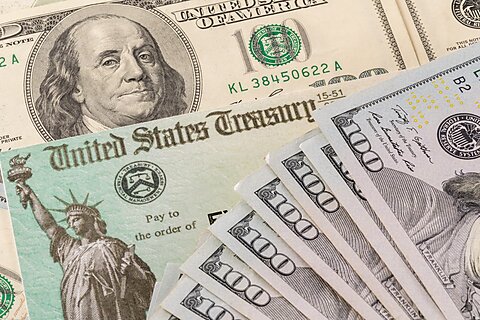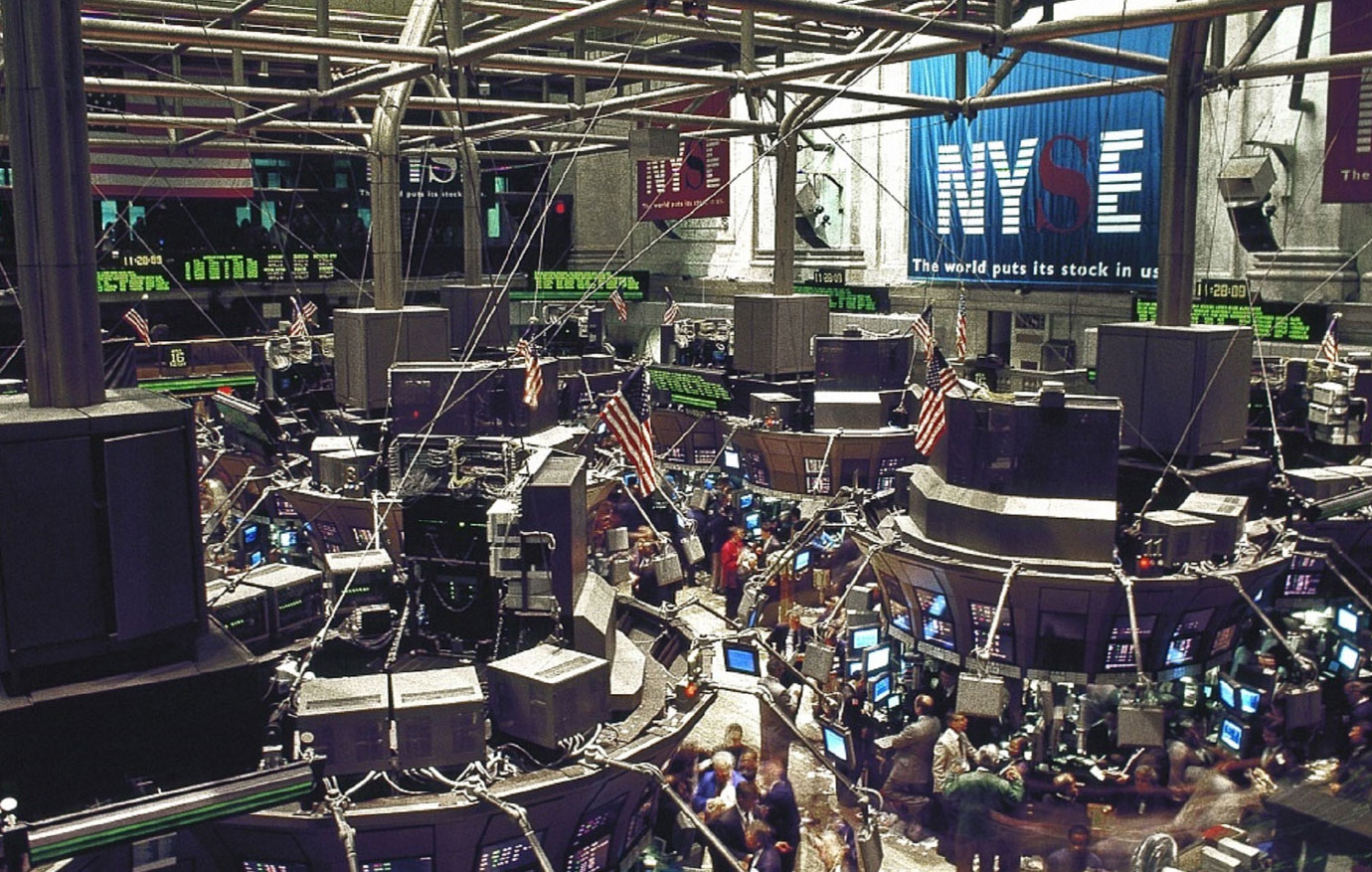
Capital One-Discover Critics are Remarkably Quiet About the Fed
Capital One recently announced plans to acquire Discover Financial Services with a $35.3 billion all‐shares transaction. The proposed merger has brought the usual suspects out of the political woodwork to complain about financial concentration and increasing bank size.
For instance, Senate Banking Committee Chair Sherrod Brown (D‑OH) complained that a deal that “makes powerful financial companies even bigger and more powerful will do nothing for families.” Sen. Elizabeth Warren (D‑MA) echoed similar sentiments, saying the deal “threatens our financial stability, reduces competition, and would increase fees and credit costs for American families.”
Unsurprisingly, these critics who levy concerns about the size and power of private financial institutions show little concern about the balance sheet of the Federal Reserve—whose assets have grown exponentially since the financial crisis.
As of Q4 2023, Capital One and Discover reported total assets of $478.5 and $151.5 billion respectively (collectively about $630 billion). Their combined balance sheet represents less than 3 percent of the total assets held by commercial banks in the US. In the same quarter, the Fed reported average asset holdings of $7.8 trillion—over one‐third the size of the entire US commercial banking sector. It is also double the $3.9 trillion in assets held by Chase, the largest bank in the US.
More troubling is the trend of the Fed’s increases in balance sheet size. Figure 1 shows the size of the Fed’s balance sheet in proportion to all US commercial banks. Prior to the 2008 financial crisis, the Fed’s balance sheet rarely exceeded 10 percent of the commercial banking sector, with the trend exhibiting a gentle decline. Since the financial crisis, the Fed entered a new era with this number frequently exceeding 20 percent. Since Covid‐19, the Fed now holds so many assets that it is well over 30 percent, the size of all commercial banking.
To be fair, the Fed does attempt to reduce its balance sheet size following a massive surge. However, as Covid‐19 demonstrated, if it is now expected to buy assets following every major economic shock, there is no way it will ever revert to a pre‐financial crisis state.
Unlike private institutions, whose balance sheet increases do not harm the macroeconomy, the Fed purchases vast quantities of US treasuries to facilitate the government’s spending spree. Given the massive effects such fiscal expansion has on inflation and the role it played in the post‐Covid price surge, Congress would do well to rein in the Fed’s balance sheet instead of debating mergers between private financial institutions.
The author thanks Jerome Famularo for providing research assistance during the preparation of this essay. All data used in this analysis was collected from the FRED website.



